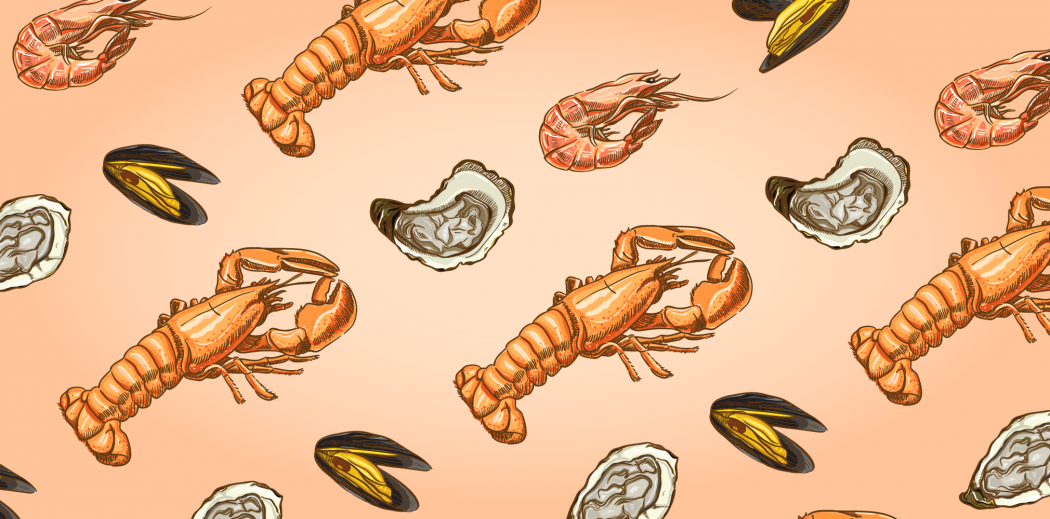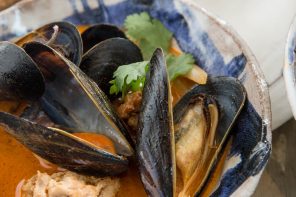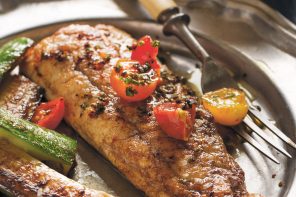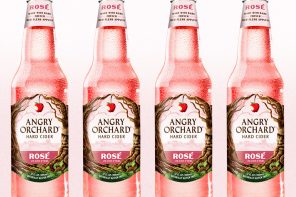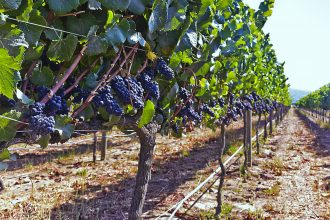With September just around the corner, you may find yourself scraping and scouring every last bit of summer you can possibly get your hands on – and what screams summer more than a raw bar? Shellfish and high acid white wines are the perfect summery marriage, but which wines will bring out the best complex flavors that these tiny sea creatures have to offer? We’ve compiled a list of three white varietals that are sure to make these crustaceans shine.
Albariño
Albariño, otherwise known as Alvarinho in Portugal, is a white varietal native to the Iberian peninsula. Known for its naturally high acidity, Albariño and crustaceans are a perfect pairing. This highly aromatic grape generally presents strong minerality and zesty citrus flavors on the palate – perfectly suited for the lemon that you’ll squeeze all over that shrimp cocktail. Look to Galicia (specifically the Rias Baixas appellation) in Northwestern Spain or the Minho province of Portugal for strong examples of varietal Albariño. The grape is also generally a component of Vinho Verdes, the slightly sparkling wine from the north of Portugal, should you desire a pop of effervescence with your raw bar happy hour.
Muscadet
While technically a type of wine and not necessarily a grape, Muscadet most definitely has a spot on any wine and seafood pairing list. Melon de Bourgogne, the grape that composes Muscadet wines, is grown all over the Pays Nantais in the western-most part of the Loire Valley. Maritime influence from the nearby Atlantic give this zesty wine it’s underlying notes of salty brine, making it a stunning match for oysters. Some Muscadets are aged sur lie, meaning that the wine spends time on the leftover yeast cells from fermentation. This type of ageing gives the wine a more layered, almost bread-like characteristic, without taking away from the crisp acidity that cuts through creamier seafood dishes.
Picpoul
Picpoul, a lesser known varietal from the Languedoc region of France, is the best and most affordable shellfish wine that you’ve never heard of – until now. The grape is used in the Rhone as a blending component, though when produced as a varietal wine in the Languedoc, creates a tangy, lemony wine ideal for drinking with shellfish. The word picpoul translates to “lip stinger” in the native dialect, emphasizing the naturally high acidity found in the grape. Look for an example from the Picpoul de Pinet appellation in its standard, slender green bottle for a fresh and crisp example of this zippy, mouthwatering wine.

